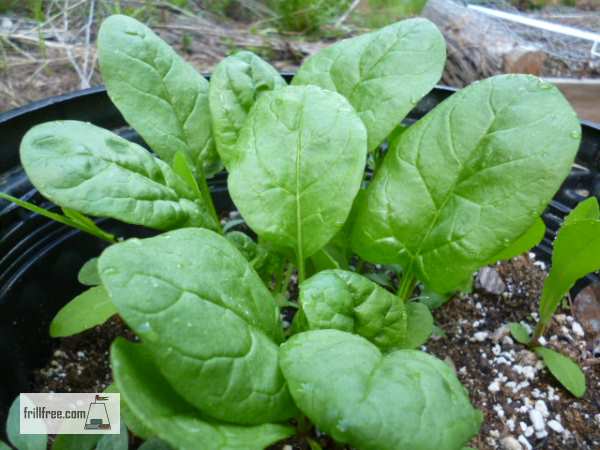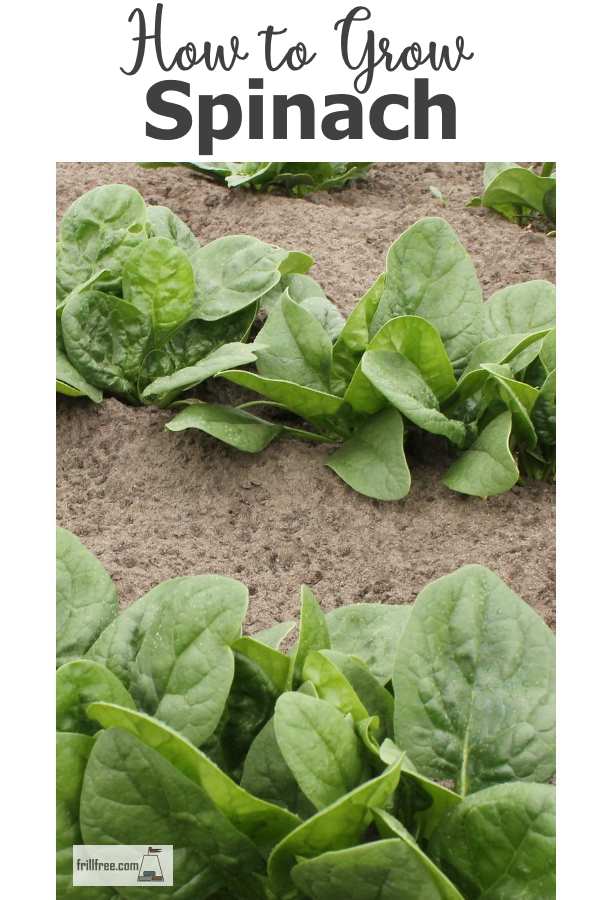- Homesteading
- Growing Vegetables
- How to Grow Spinach
How to Grow Spinach
Nutritious and Delicious Greens
There are many kinds of greens that are easy to grow; spinach is one of them, but it does require a few tiny adjustments.
Like all green plants, spinach has lots of vitamins; that's why Popeye ate it!
Along with iron, it's also got folic acid and Vitamin K, an important factor in blood clotting.
It's also delicious when picked
very young, in a salad by itself, or in a mixture with other greens like
lettuce or mesclun. It's often seen in micro greens mixes too.
Spinach quite often self seeds; if you can, this is the best (and easiest) way to grow it; let one or two plants go to seed every year, and the following spring, look out for the tiny little seedlings that pop up.
This works so well because the seeds know exactly the right conditions they need for growing rapidly while the weather is cool. If they are disturbed by transplanting, this slows them down so much that sometimes they don't get going again until it's too hot, and causes them to bolt, or go to seed.
Many new hybrid varieties have had this trait almost bred out of them, but if you're growing heirloom types, this is something to be aware of.
 Spinach - the powerhouse of vitamins - eat it young and vigorous for best freshness and nutrition
Spinach - the powerhouse of vitamins - eat it young and vigorous for best freshness and nutritionTo grow spinach well, it's important to never let it get stressed; start with nutrient rich but well drained soil, in large pots. Although you can transplant it if you're careful and have the exact right conditions, if you can avoid it, direct seed instead.
Watering is crucial; this is one plant that really doesn't like to dry out, but it also doesn't appreciate water logged conditions. Perfect drainage, with nutrient rich soil? It's a tall order, but one that gives the best chance of success.
As with all greens that are eaten raw, avoid the use of any kind of manure tea or chance of contamination with Salmonella or E. coli.












